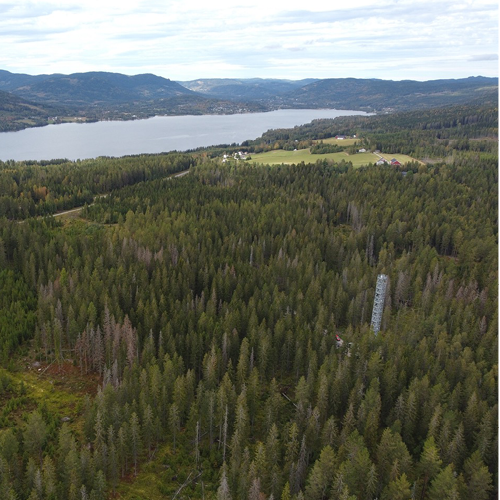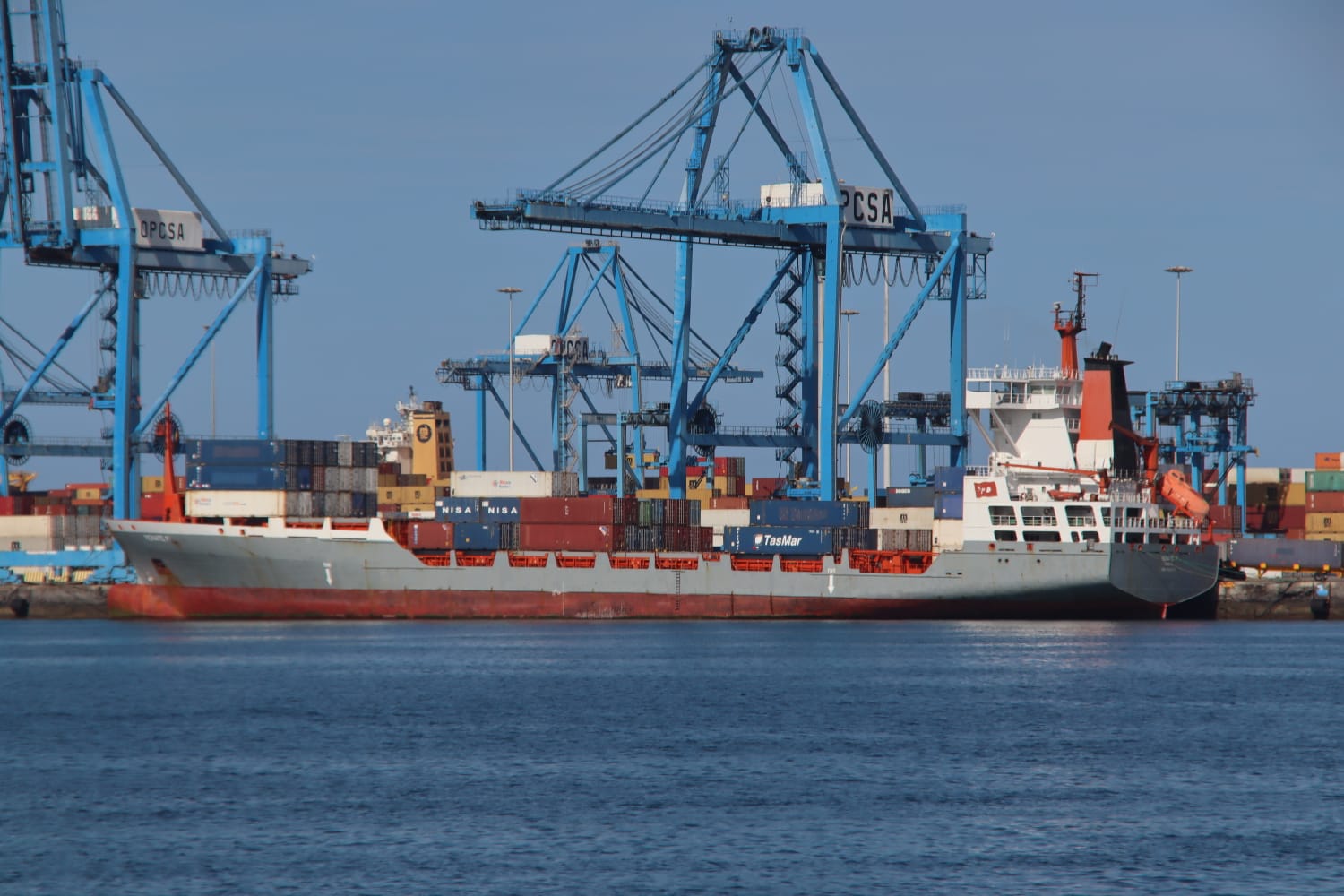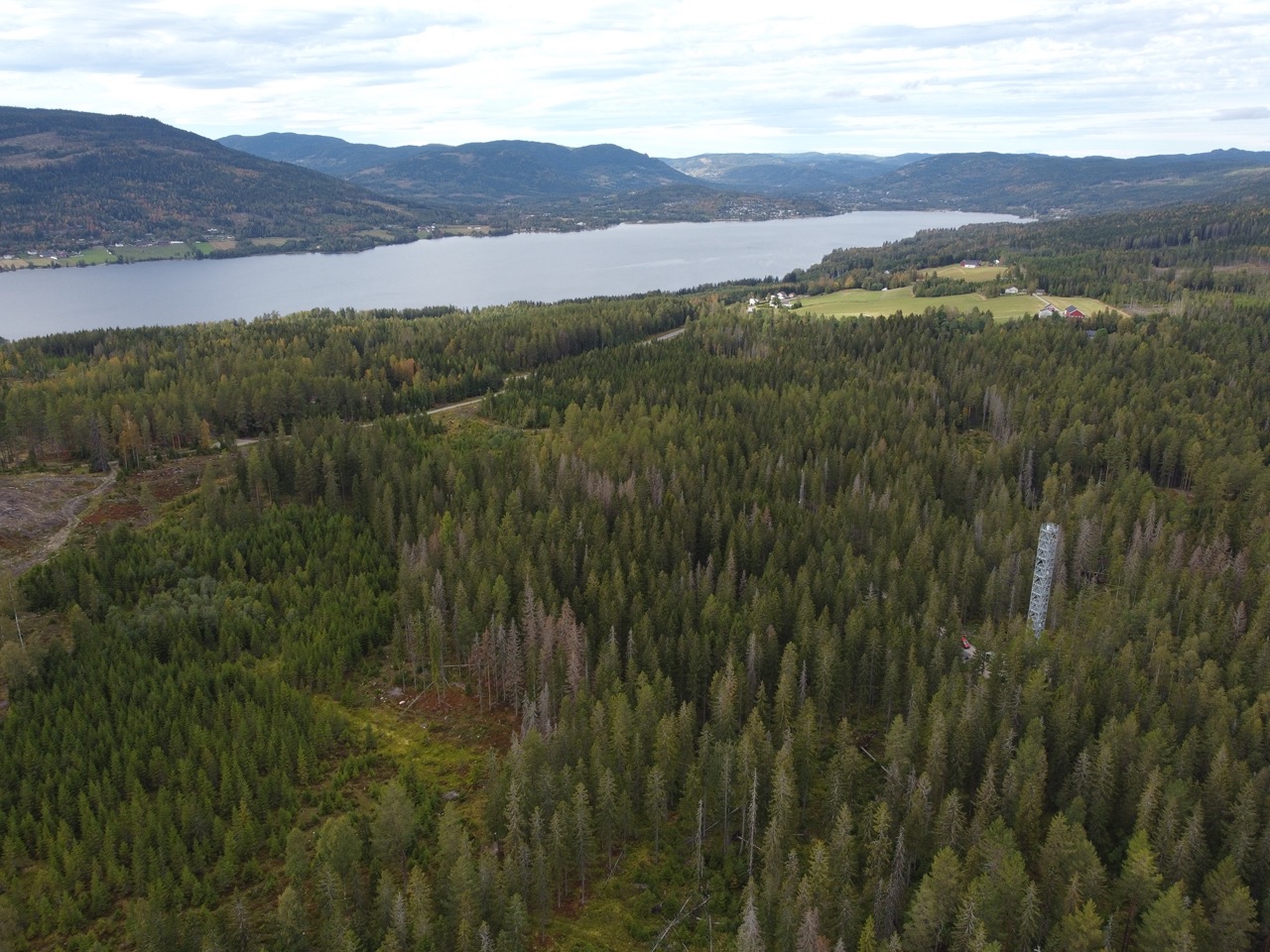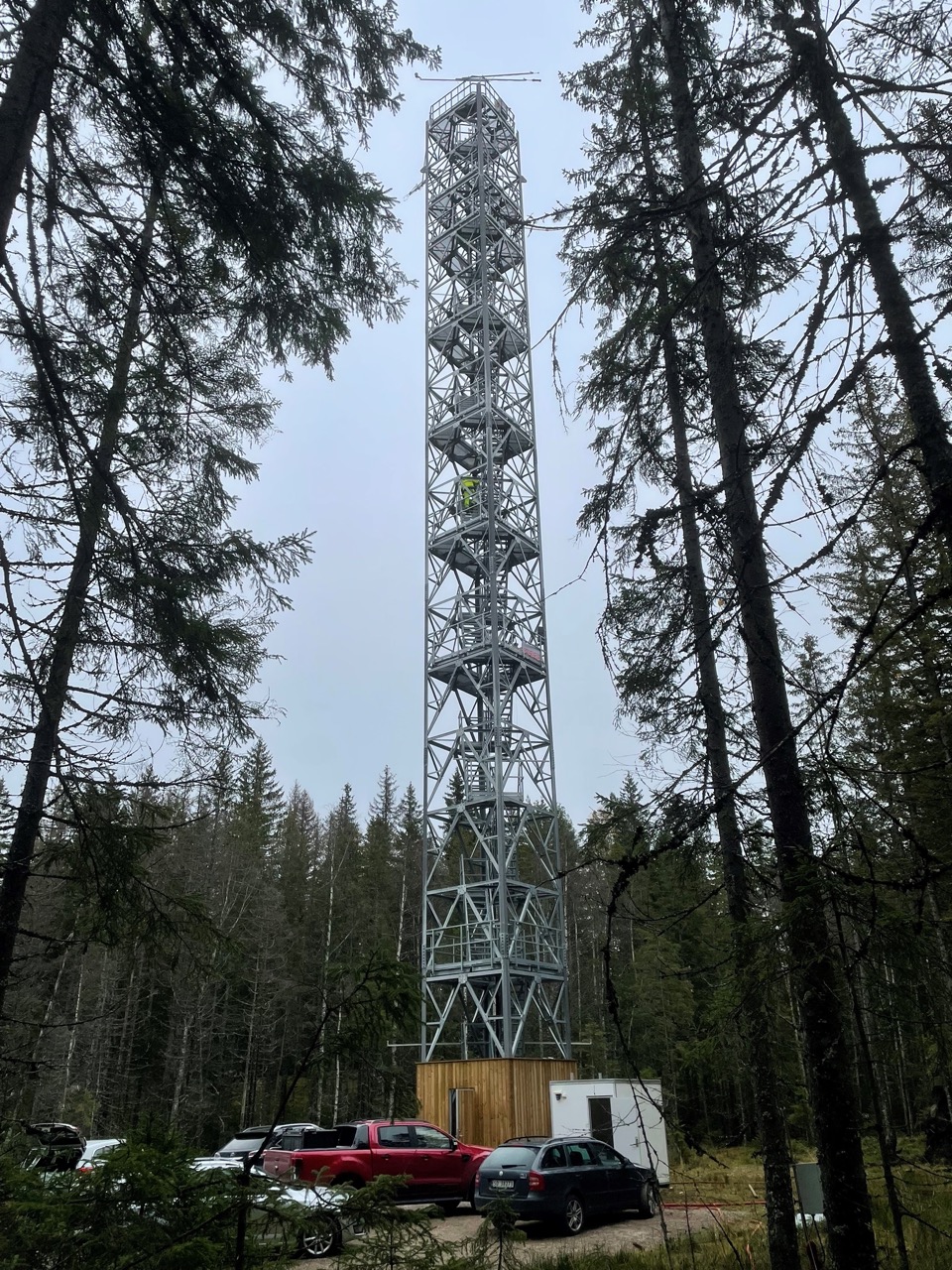
After passing a rigorous quality assurance process, 6 new measurement stations have received the status of an ICOS labelled station. The station labelling was confirmed by the ICOS General Assembly on 15th November 2023. The newly certified stations are located in Finland, Greece, Norway and Spain.
After the six new labels, 130 out of the 173 ICOS stations have been labelled for greenhouse gas measurements. Station labelling is one of the key ways ICOS keeps the quality of its data high and ensures its usability in climate research. To receive the label of a standardised greenhouse gas measurement station, all ICOS stations have to pass a demanding standardisation and quality control programme.
Station labelling starts with a formal application that also needs approval by the national government. The station can apply for the label of Class 1 station, Class 2 station, or in the case of ecosystem stations, an Associated station label. You can read more about the process here.
Important recognition of years-long work
Among the newly labelled stations is the CanOA Ocean station, also known as the CanOA-VOS line. CanOA is a surface ocean observation platform (SOOP) on a container ship that links the Canary Islands with Barcelona. The ship travels each week through the eastern region of the Canary Islands, crosses the North African region towards the Strait of Gibraltar, and from there to Barcelona via the western part of the Mediterranean Sea, making a return transect to the Canary Islands the following week. This allows continuous recording of data from the region with a frequency of one week.

The station Principal Investigators, Dr Juana Magdalena Santana Casiano and Dr Melchor González Dávila were in charge of the work leading up to the station being qualified as an ICOS Class 2 Ocean station.
”Adapting the equipment to reach all the requirements was very intense work, especially the recent calibration of all sensors in the equipment. We use a volunteer Observing Ship (Jone Sophie), a container ship, that always helps us from the owner and captains to all crew members”, they explain. ”We are located in the Canary Islands where acquiring new and calibrating sensors is not easy and fast, but the financial support of the Canary Islands Government and Loro Parque Foundation, helped us achieve this labeling. We hope that at the next ICOS General Assembly, with the new oxygen sensor, which we have already bought and installed, we will get the long-awaited Class 1 label.”
The QUIMA group at the University of Las Palmas has been involved in measuring pCO2 from ship lines since 2005, accumulating tremendous expertise in continuous underway systems in container ships.
“To get this label is a strong recognition of the work done so far and a stimulus to continue improving and contributing to a better understanding of the important role that the oceans play in the global carbon system.”

The first labelled ICOS Ecosystem station in Norway
Another newly labelled station is the Hurdal Ecosystem station, located on a site dominated by spruce forests just 20 km north of the Oslo Airport. Norway is a unique ICOS member country in the sense that its stations are predominantly Ocean stations, not the least since Norway is the host of the ICOS Ocean Thematic Centre. Hurdal is the only ICOS Ecosystem station in Norway.
“Norway has ecosystem types unique on a European scale, and the carbon balance for them is not well constrained through measurements”, Dr Holger Lange, the Principal Investigator says. ”We are of course convinced that the eddy covariance method, combined with remote sensing, is the state-of-the-art methodology to measure carbon fluxes at the ecosystem scale.”

The idea to establish a Norwegian ICOS Ecosystem station got its start in 2012. Hurdal was chosen as the site because of its favourable conditions for ecosystem measurements and for it being a study site of the Norwegian Institute of Bioeconomy Research (NIBIO) since 1996.
With the funding from the Norwegian Research Council, the journey towards building an ICOS station began in 2016. Building up the eddy covariance tower, the central instrument of any ecosystem station, took longer than expected and faced many difficulties, from construction companies going bankrupt to difficulties related to the COVID-19 pandemic. Finally, in the summer of 2021, the tower was raised and the station could start flux measurements in September of that year.
“Now we have more than two years of uninterrupted data delivered to the Carbon Portal”, Holger Lange says.

Reaching the requirements of an ICOS Class 2 station took a lot of effort. The station got a prolongation of the funding from the Norwegian Research Council, with which they could carry on their efforts towards station labelling.
“Luckily, we had several summer students helping out with fieldwork, most of them with great enthusiasm. This was crucial for the success,” Holger Lange says. “We really worked hard, in particular in the last few months when we had very frequent communication with the Ecosystem Thematic Centre, and in particular our engineer Helge Meissner on the instruments and loggers and most of the fieldwork.”
The current funding from the Norwegian Research Council ends at the end of 2023. A new proposal for a 5-year funding of ICOS-Norway from 2025 onwards was submitted to the Research Council on November 15th, 2023.
”We promised our funding agency that at the end of the project, we will have the first and so far only ICOS ecosystem station in Norway labelled. This was our goal when we started the flux measurements in 2021. Now we seem to be close to achieving it, so the label is of utmost importance to us – mission completed just weeks before the project ends. So the label really means a lot to us.”
Stations receiving the ICOS label on 15 November 2023
Class 2 Ecosystem Station Hurdal (NO-Hur)
Country: Norway; Responsible institution: Norwegian Institute of Bioeconomy Research (NIBIO); Station PI: Holger Lange.
Associated Ecosystem Station Las Majadas de Tiétar (ES-LMa)
Country: Spain; Responsible institution: The Mediterranean Center for Environmental Studies (CEAM); Station PI: Arnaud Carrara.
Associated Ecosystem Station Heraklion Kornarou (GR-HeK)
Country: Greece; Responsible institution: The Foundation for Research and Technology (FORTH); Station PI: Nektarios Chrysoulakis.
Associated Ecosystem Station Heraklion Mastabas (GR-HeM)
Country: Greece; Responsible institution: The Foundation for Research and Technology (FORTH); Station PI: Nektarios Chrysoulakis.
Class 2 Ocean Station CanOA (ES-SOOP CanOA)
Country: Spain; Responsible institution: QUIMA Group of the Institute of Oceanography and Global Change of the University of Las Palmas de Gran Canaria; Vessel owner: Reederei Stefan Patjens GmbH & Co. KG, operated by NISA Maritima; Station PIs: Melchor González Dávila and Juana Magdalena Santana Casiano.
Associated Ecosystem Station Tvärminne (FI-Tvm)
Country: Finland; Responsible institution: University of Helsinki; Station PI: Ivan Mammarella.